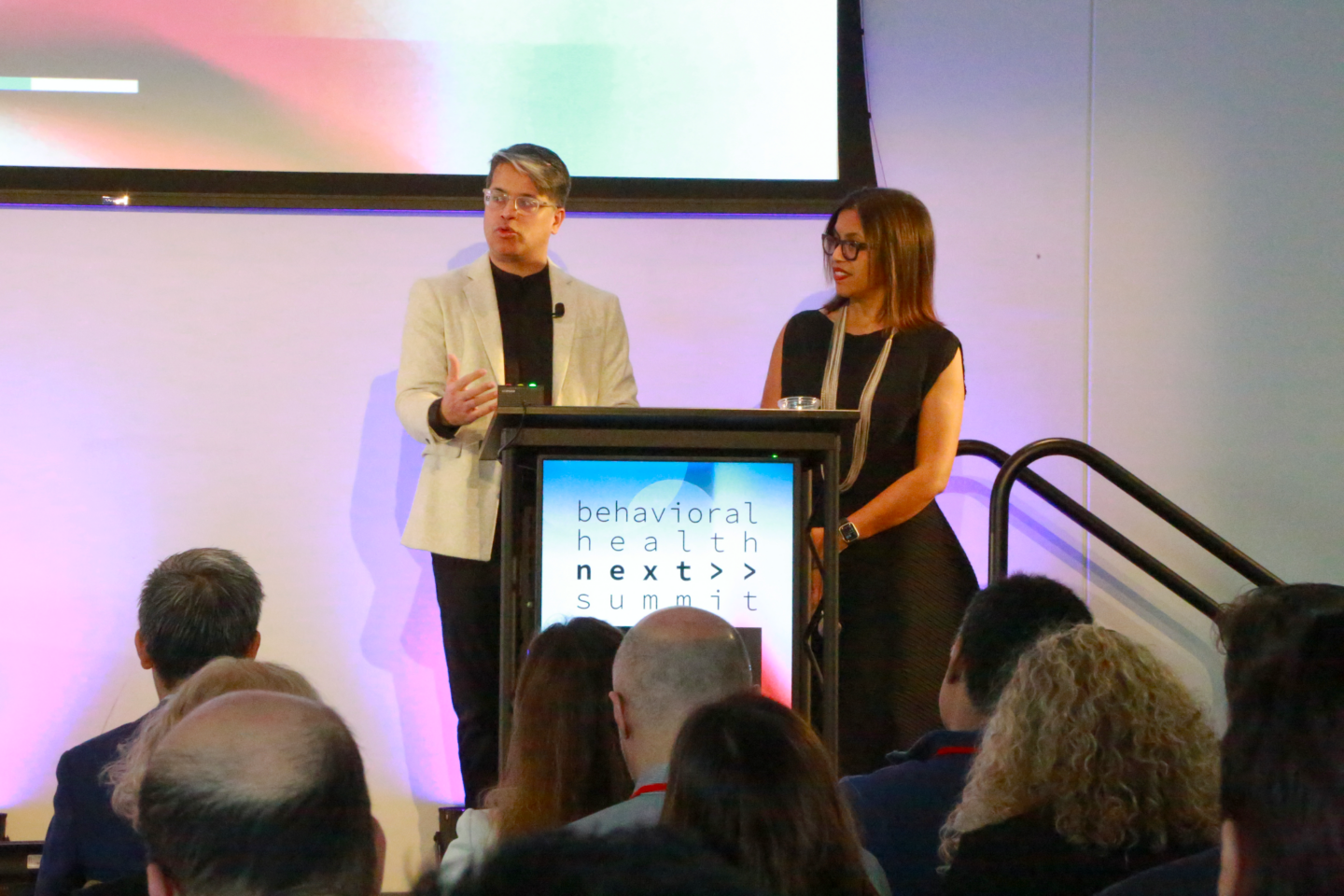This Is Bitcoin’s Biggest Challenge
Categories

Does Bitcoin have the potential to be the next Visa?
Currently valued at over $6 billion, the digital currency is viewed by many as the future of payments rather than a passing fad. But according to new research fro m a consortium of security experts based at the Jacobs Technion-Cornell Institute, Bitcoin faces an imminent challenge and must be restructured at its very core to compete as a mainstream payment method.
“Bitcoin is soon going to reach the limits of its transactional throughput,” says Professor Ari Juels, co-founder of the Initiative for CryptoCurrencies and Contracts (IC3) at the Jacobs Technion-Cornell Institute.
While Visa processes between two and three-thousand transactions per second on average — but is capable of handling as many as 56,000 — Bitcoin can only support seven transactions per second. Given that Bitcoin is expected to reach its limit in the next year, the cryptocurrency community is undergoing what Juels describes as an acrimonious “holy war,” debating how much the size of blocks (which record all transaction data) can be increased to support more payments without destabilizing the system.
Fellow IC3 co-founder Emin Gün Sirer compares the problem of redefining parameters confronting Bitcoin to changing an airplane’s design: “How big can you make a plane body, how wide, how long, until it becomes too fat for the engine and just starts falling out of the sky? There’s only so far you can go by changing the block size.”
IC3’s study, published in a recent position paper, On Scaling Decentralized Blockchains, found that a block could grow from one megabyte — its current size — to four, at most, before it would compromise Bitcoin’s decentralized model. But even then, at its hypothetical maximum limit, Bitcoin would only be able to support 27 transactions per second, paling in comparison to Visa’s thousands.
According to Juels, the current debate over block size misses Bitcoin’s fundamental scaling challenge. Tweaks to block size can be made as a quick fix, Juels says, but Bitcoin’s system must be completely redesigned in order to compete with major payment systems.
“The question isn’t what happens in the next year, but what happens in two or three years,” Juels says. “And that’s going to affect if Bitcoin becomes adopted as a mainstream currency or if cryptocurrency in general begins to wither.”
IC3 aims not only to pose questions and challenges to the cryptocurrency community, but also to explore fundamentally better ways of addressing capability challenges. With its recent paper, IC3 hopes to call attention to the fact that Bitcoin is about to hit a wall, and that the community has to start thinking about new measures, which are not yet on anyone’s radar, in order to evolve and adapt to the demands that are being placed on it.
“This paper is just a small part of the work at IC3 or even a sideshow,” Juels says. “I’m not as interested in Bitcoin as I am in the technological possibilities it has illuminated.”
Blockchains, for example, have relevancies even outside of Bitcoin. Juels has been studying them in the context of smart contracts, which could replace legal documents with code that has the promise of perfect execution.
“The cryptocurrency industry has been incredibly fruitful, but hasn’t had the benefit of the rigor that academicians can bring to the conversation,” says Juels. “Our hope is that it will stimulate research for new techniques.”
IC3’s founders bring a range of different interests and perspectives to the Bitcoin debate. Sirer, for example, is in distributed systems and has created Bitcoin-NG, which would support a far better scaling model for the digital payment system, whereas Elaine Shi, the organization’s third co-founder, is more interested in formal security.
“This is how IC3, as an academic institution, can complement what’s being done in industries,” Shi says. “We have the formal backgrounds to design provably secure prototypes. You really want to do it right from the very beginning.”
IC3 is an interdisciplinary organization made up of experts in everything from computer science to finance.
“Academic researchers can bring to the table a way to vet new streams that are more likely to work,” says Juels. “It’s about illuminating possibilities. Things that can be done that can’t even be imagined.”
Media Highlights
Tech Policy Press
Content Moderation, Encryption, and the LawRELATED STORIES



